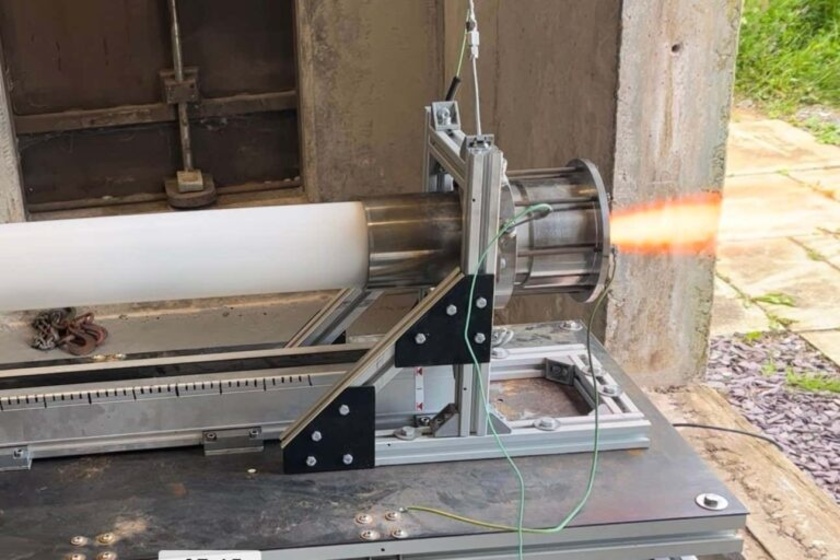
Researchers create rocket that burns itself for fuel (video)
Scottish engineers have shown a prototype of one of the rocket stages that burns itself for flight, which replaces up to 16 percent of its fuel.
So far, the prototype has not been tested for flight, but only as a demonstration of the thrust that can be generated by the rocket’s self-immolation. However, in the future, such a rocket will help reduce the cost of space flights and reduce the amount of space debris, New Scientist reports.
How will the rocket deliver the cargo if it is self-immolating?
In modern rockets, the fuel is placed in the lower stages so that the rocket jettisons them when the fuel runs out. This debris falls back to Earth, where it can be reused, as in SpaceX’s Falcon Heavy rocket, or it remains in Earth orbit as space junk.
The idea of scientists from the University of Glasgow allows to get rid of this problem, because their rocket will completely self-immolate. Before that, the launch will be carried out as on traditional rockets: the nose will be equipped with a cargo to be delivered to space, and the launch will be carried out using oxygen-propane fuel. However, due to the heat from the fuel burning, the rocket will gradually start to burn itself, finally burning itself out after the cargo is disconnected.
In the test, such combustion provided 100 newtons of thrust – for comparison, the Falcon Heavy requires 22,800 kilonewtons for takeoff. But in full size, the rocket’s self-immolation will replace the thrust from using 5 to 16 percent of the fuel. This will make it lighter and allow it to put more cargo into space, which will reduce the cost of delivery.

